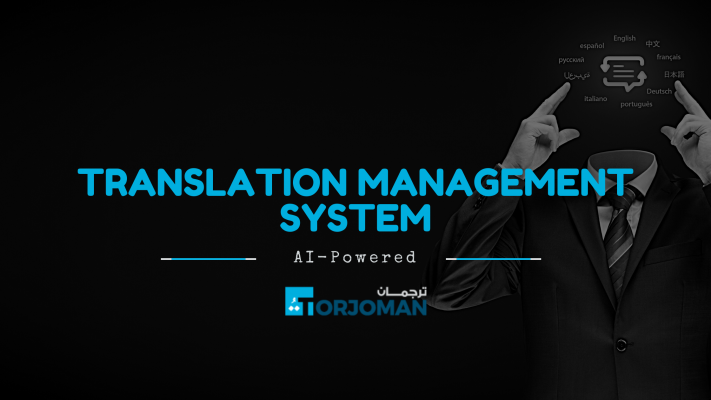Have a Big Project?
Big numbers, lots of documents and multiple translations?
Our top performing teams deliver unmatched quality on time for you
to hit your business goals.

Today’s world is a constantly changing mixture of different possibilities and chances. However, communication is a factor that allows for new advances.
While it is simple to create contact between individuals, it is a completely other story when it comes to business partners and corporations.
Because not everyone speaks and understands the same language, translation and interpretation services are essential for ensuring that everyone understands what is being said. Furthermore, localization —the tailoring of a company’s services to the target market—enhances and improves communication.
But what if the volume of content to be translated is enormous, and a group of translators is unable to handle it?
This is where the Translation Management System (TMS) comes in, especially if it’s now Ai-Powered.
To learn about TMS, you must first understand what it is, what it does, why it is important, and how it operates.
The Translation Management System (TMS) is a centralized platform that allows for the automation and management of localization and translation projects. It automates repetitive operations in content translation, considerably lowering manual labor and enhancing overall program proficiency and control. TMS, in a nutshell, can automate, organize, and control the translation and localization process. Recently it was Ai-empowered with a boost of machine learning and artificial intelligence building-up experiences.
Dealing with large amounts of data becomes simple with TMS. TMS benefits, such as greater standardization, lower risks, and healthier performance, can be completely realized by centralizing all translation-related duties. Empowering the regular TMS with Ai integration allows our business TMS to learn more about your business and what best fits your requirement and goals.
TMS and Translation Vendor Management
A well-organized vendor record is an important component of any TMS. Before using TMS to perform tasks, the vendor’s entire portfolio is examined—specialization, language combinations, costs, and so on. This data is then used to complete translation assignments.
With the help of KPI functions and business analytics, the company can determine and examine each vendor’s requirements. For example, the number of sales produced by vendors per day/week/month/year; their reaction times to translation requests, scheduling or delivery times; and the ratings given by the company’s (project/localization) administrators, among other things.
Flexibility of Ai-Powered TMS
Every organization has its own set of difficulties that require distinct answers. TMS is a highly adaptable platform that enables businesses to combine numerous customized features and technology to create a personalized solution. Modifying the look and feel of the TMS user interface by adding the user’s company color and logo, for example, might help to improve the user’s brand image. A TMS also allows customers to create customized reports on suppliers’ economic data, orders, jobs, and projects for a more comprehensive localization experience.
Workflow customization is critical, especially when it comes to ensuring that all information is localized for the target market. Starting with a typical TEP (translation-editing-proofreading) process and post-editing stream, one must be able to automate and modify a variety of workflows.
When choosing a TMS, keep in mind that integrating with the most widely used enterprise applications for content management systems (CMSs), cloud storage, and marketing automation systems like Drive or Dropbox can elevate TMS to a whole new level, which is why it is critical to choose a suitable TMS after conducting thorough research.
Torjoman’s unique selling feature is the versatility of our AI-powered TMS and how simply it integrates with existing content management systems (CMS).

The Final Word
For translation purposes, translation management systems are extremely strong and valuable platforms. TMS is well suited for working with internal teams and external freelancers since it can streamline your translation content, but it is not well suited for working with language service providers who, at the moment, work on several platforms.
Standardization and solution creation are required in the execution of duties. For example, unlocking the centralized translation memory, glossary, and machine translation system in such a way that other TMSs can connect to and re-use those resources directly would be a huge step forward in the TMS workflow. This would also have the added benefit of boosting the performance of CAT tools for a professional translation service (). TMS can also be made more managed and usable by allowing all suppliers to connect to central resources in real time.
Global communication is made possible by translation, and a centralized, effective TMS is the key to ensuring that all communication between enterprises, companies, and individuals runs smoothly.
Big numbers, lots of documents and multiple translations?
Our top performing teams deliver unmatched quality on time for you
to hit your business goals.
Ready to burst your borders and need work done quickly?
Order Now! To get an instant assessment and quote.
Don’t wait, we’re ready.
SAVE TIME & MONEY!
Order from our mobile app now